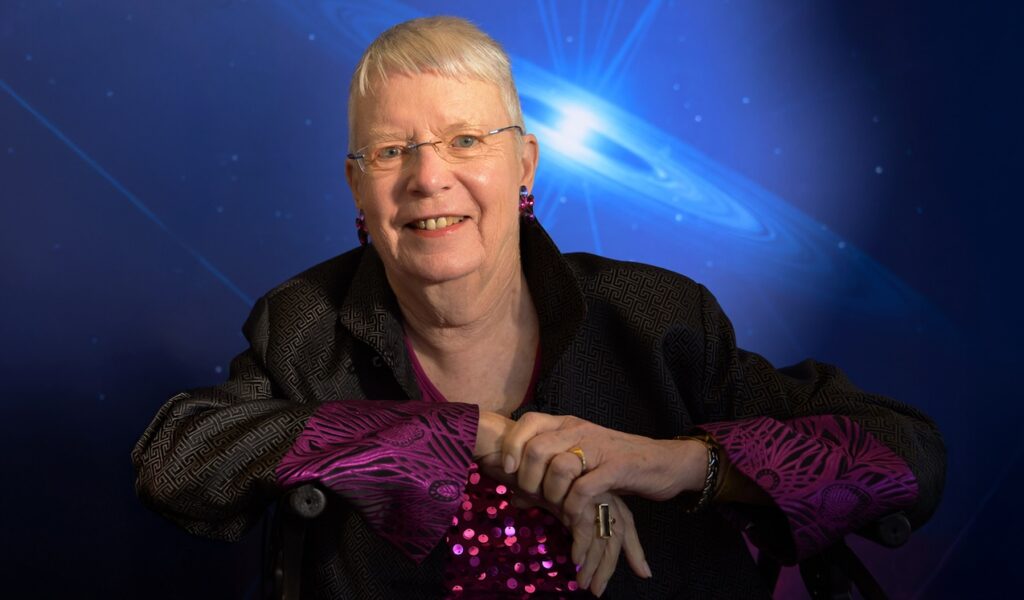On The Habitability of Our Universe

Is life most likely to emerge at the present cosmic time near a star like the Sun? We consider the habitability of the Universe throughout cosmic history, and conservatively restrict our attention to the context of “life as we know it” and the standard cosmological model, LCDM.
The habitable cosmic epoch started shortly after the first stars formed, about 30 Myr after the Big Bang, and will end about 10 Tyr from now, when all stars will die. We review the formation history of habitable planets and find that unless habitability around low mass stars is suppressed, life is most likely to exist near 0.1 solar mass stars ten trillion years from now. Spectroscopic searches for biosignatures in the atmospheres of transiting Earth-mass planets around low mass stars will determine whether present-day life is indeed premature or typical from a cosmic perspective.
Abraham Loeb (Harvard)
(Submitted on 29 Jun 2016)
Comments: 51 pages, 11 figures; chapter for the book “Consolidation of Fine Tuning”, edited by D. Sloan (Oxford University); this review draws heavily from the author’s previous papers: arXiv:astro-ph/0604242, arXiv:1312.0613, arXiv:1503.03475, arXiv:1603.06943, and arXiv:1606.08448
Subjects: Cosmology and Nongalactic Astrophysics (astro-ph.CO); Earth and Planetary Astrophysics (astro-ph.EP); Astrophysics of Galaxies (astro-ph.GA)
Cite as: arXiv:1606.08926 [astro-ph.CO] (or arXiv:1606.08926v1 [astro-ph.CO] for this version)
Submission history
From: Avi Loeb
[v1] Wed, 29 Jun 2016 01:01:50 GMT (1438kb,D)
http://arxiv.org/abs/1606.08926








